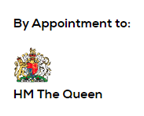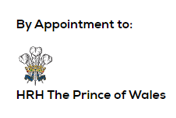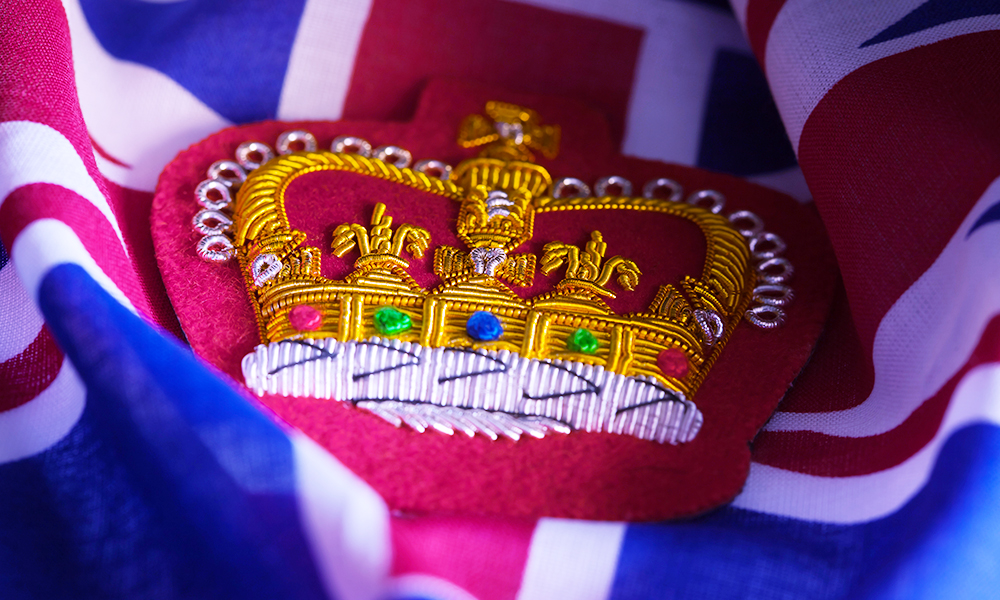Royal Warrants of Appointment are granted to companies or traders that supply products and services to the Royal Household. In this post, we will look at what will happen to these distinctions now that the Queen has passed away.
Following the sad loss of Queen Elizabeth II of the United Kingdom, an icon among the European monarchy after seven decades on the throne, one of the big questions to be addressed from an intellectual property standpoint is what will happen to the Royal Warrants of Appointment she granted during her lifetime.
For those of us less familiar with the workings of the British Crown, Royal Warrants are a type of distinction that the Royal Household has issued since 1840, through the Royal Warrant Holders Association, to companies or traders that regularly supply goods or services (paid) during at least five out of the seven years preceding an application. The distinction entitles the holder to display the Royal Arms in relation to its business, for up to five years and renewable for further five-year periods, although such renewal must be assessed in the year before the Warrant is due to expire.
Warrant holders include companies from very diverse trade categories (food and drink, jewelers, clothing and accessories, health and beauty, etc.), giving us insight into the tastes and preferences of the Royal Household. As many may already know, some of the late Queen’s favorite products included the Spanish sherry Jerez Harveys®, Weetabix® cereal, Cartier® jewelry, the iconic Fulton® umbrellas and Clarins® skincare.
The Royal Warrant, which, as we said, allows holders to display the Royal Arms of the United Kingdom on their products, marketing communications, in their premises and on commercial vehicles, automatically lends prestige to a brand and most assuredly boosts the sales of those companies known as “official suppliers” of the British Crown.
In fact, since the adoption of the Paris Convention for the Protection of Industrial Property in 1983, which applies to both Spain and the United Kingdom’s industrial property systems (among others), contracting States are required to refuse the registration and to prohibit the unauthorized use of trademarks including armorial bearings (e.g., coats of arms crests, etc.), State emblems and official signs and hallmarks (article 6ter), meaning that no person can use a State’s coat of arms without the express consent of that State.
Even under the Royal Warrant, however, the Royal Arms should not be used as a trade or service mark in any way. That is, it must be separate from Warrant holders’ brands that themselves indicate the origin of the relevant goods supplied or services provided, and should not be used in such a way as to lead consumers to think that the goods or services in some way originate from the Royal Household or from another member of the Royal Family.
Which members of the Royal Family can grant the sought-after Royal Warrants? Until recently, Her Late Majesty Queen Elizabeth II and His Late Royal Highness The Duke of Edinburgh were grantors of Warrants; today, only the recently proclaimed King Charles III (formerly HRH The Prince of Wales) is a grantor.
In fact, a legend providing details of which Member of the Royal Family granted the Warrant, along with the nature of the goods or services supplied and the name and head office address of the company, must be displayed below the Royal Arms:


In particular, of the roughly 800 Royal Warrants currently granted (see here), 620 companies received their Appointment grant from Her Late Majesty Queen Elizabeth II (see here). For all these companies, the Warrant undeniably carries great value when it comes to advertising, as evidenced by the controversy in the UK when one was granted to the Spanish company Porcelanosa, with the then-Prince Charles even being accused of “commercial treason” (see here).
However, like the saying goes, all good things must come to an end, and Royal Warrants can be canceled for several reasons:
- Reasons concerning the Royal Warrant holder: (i) where its conduct (whether by act or omission) brings or is likely to bring the Crown into disrepute; (ii) breach or suspected breach of the rules on using the Royal Warrant; or (iii) if the quality of the product or service is not sufficient to justify continuation. Between 20 and 40 Royal Warrants are canceled each year due to one of these reasons. This includes the luxury lingerie brand Rigby & Peller®, the official “corsetiere” to the Queen for over 50 years, which lost its Royal Warrant after June Kenton, who fitted bras for the Queen, released a book called Storm in a D-Cup revealing details of the fittings.
- For reasons not owing to the Royal Warrant holder: upon the death of the grantor.
In this case, the Royal Warrant will become void and the holder will have two years from the date of death of the grantor to cease all existing use and/or display of the Royal Warrant/Royal Arms, including removing it from all products and packaging, stationery, vehicles, etc.
There is no need to panic, though. Provided the holder remains in active connection with the business, the continued grant of the Royal Warrant remains valid for a two-year period from the date of death of the grantor. If the holder particularly wishes to record former service to Her Late Majesty, it may seek permission to use the following legend during that two-year period:
“By Appointment to The Late…”
In any event, and in due course, the Queen’s successor King Charles III and other members of the Royal Family that become grantors in the future (the Queen Consort and/or the Duke of Cornwall and Cambridge, now that he has been named Prince of Wales) will be able to grant Royal Warrants to the companies that lost their distinction due to the death of the Queen, provided they meet the requirements for grant.
Gina Navarro
Intellectual Property Department






